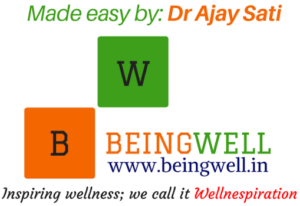Even little drinking can increase risk of breast cancer
The American Society of Clinical Oncology (ASCO), which represents many of the nation’s top cancer doctors, is drawing your attention to know that there is a link between alcohol and cancer.
In a statement published in the Journal of Clinical Oncology, the group cites evidence that even light drinking can slightly raise a woman’s risk of breast cancer and increase a common type of esophageal cancer.
Heavy drinkers face much higher risks of mouth and throat cancer, cancer of the voice box, liver cancer and, to a lesser extent, colorectal cancers, the group cautions.
‘The message is not, ‘Don’t drink.’
It’s, ‘If you want to reduce your cancer risk, drink less. And if you don’t drink, don’t start,’ said Dr Noelle LoConte, an associate professor at the University of Wisconsin-Madison and the lead author of the ASCO statement.
‘It’s different than tobacco where we say, ‘Never smoke. Don’t start.’
‘This is a little more subtle.’
Other medical groups have cited the risks of alcohol as a possible cause of cancer. But this is the first time that ASCO has taken a stand.
The doctors’ group is also calling for new public health initiatives to curb alcohol use, from taxes to restrictions on ads targeting minors, like the new ban on alcohol advertising on New York City’s subways and buses slated to go into effect in January.
The group likewise opposes ‘pink washing,’ in which alcohol companies drape their products in pink ribbon to enhance sales.
For women, just one alcoholic drink a day can increase breast cancer risk, according to a report released in May 2017 from the American Institute for Cancer Research and the World Cancer Research Fund that was cited by ASCO.
The report analysed 119 studies and concluded there was strong evidence that alcohol consumption increases the risk of both pre and postmenopausal cancer, and that drinking a small glass of wine or beer every day increases premenopausal breast cancer risk by 5% and postmenopausal breast cancer risk by 9%.

